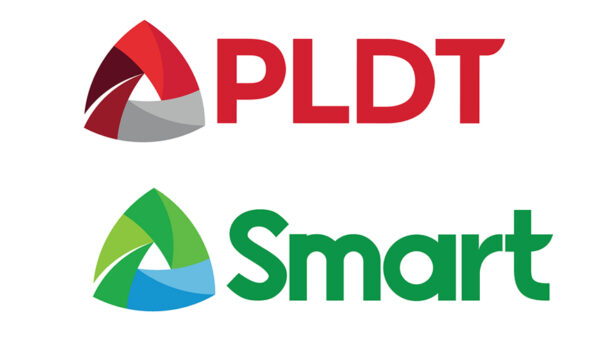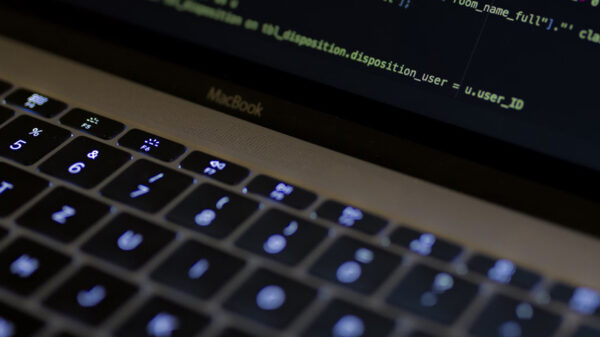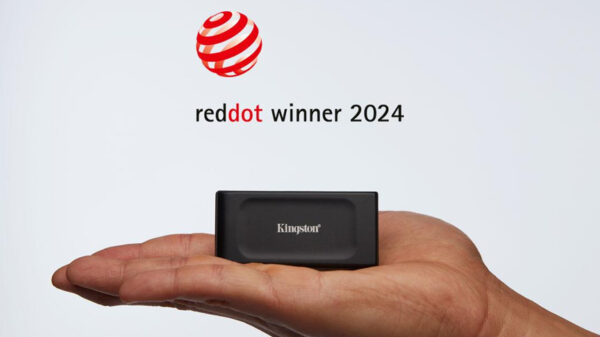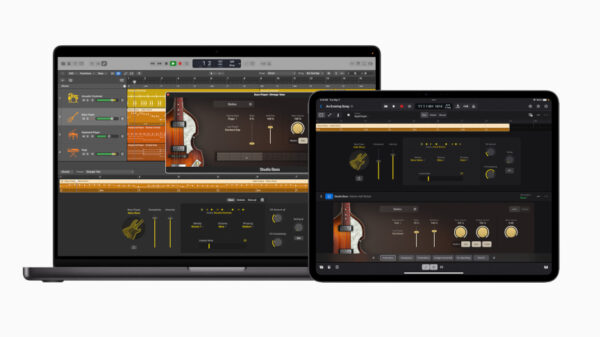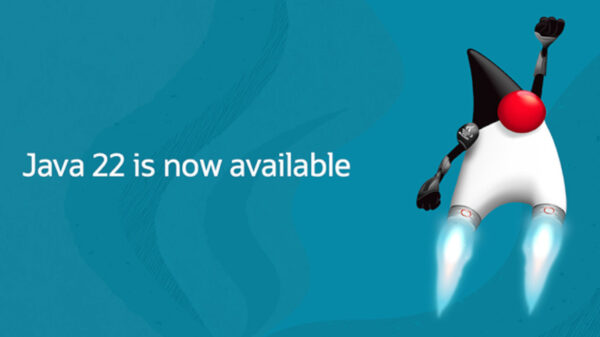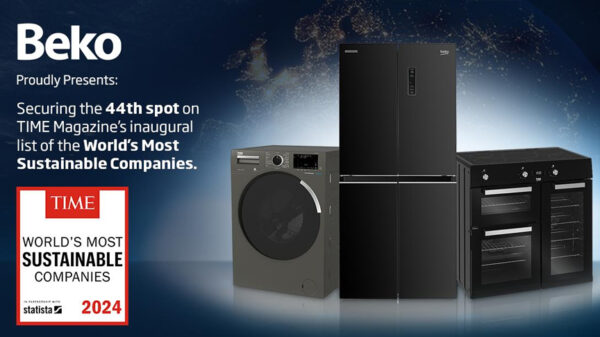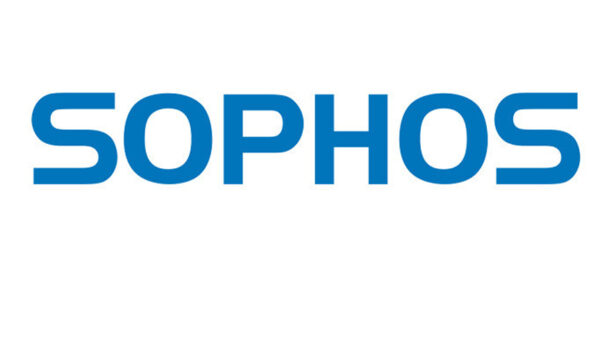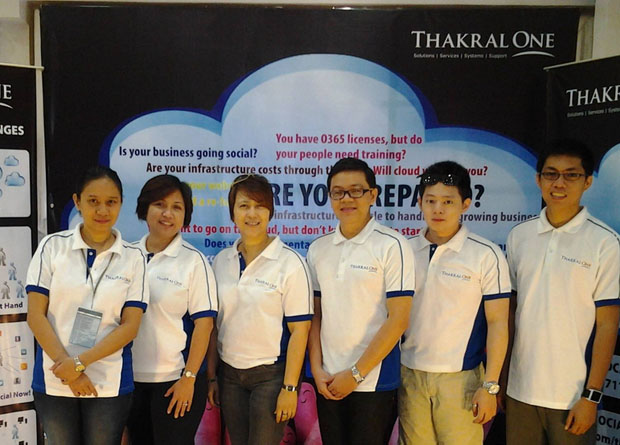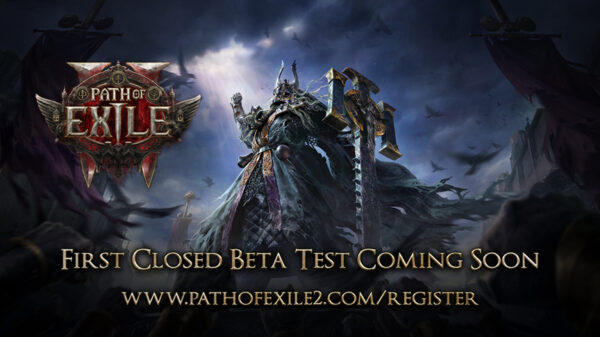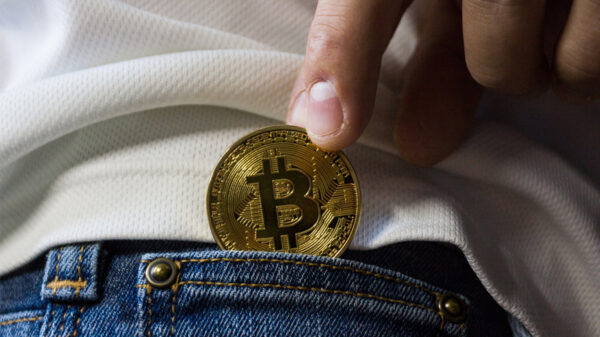Bitcoin has an emissions problem. With the recent revelation that production of the cryptocurrency emits as much annual carbon dioxide as a small country, bans on cryptomining have popped up around the world. But Bitcoin’s biggest competitor, Ethereum, has reduced its electrical energy requirement by at least 99.84% by changing its method of production.
In a perspective article in the journal Patterns, crypto economist Alex De Vries explains how Ethereum made the change and how policymakers and consumers can support the move to more sustainable models for other cryptocurrencies.
On September 15, 2022, Ethereum made a change that they called The Merge. This change altered the way that the data blocks that make up the backbone of the cryptocurrency are created. “Before The Merge, Ethereum was exactly the same as Bitcoin in the way it functioned, and the way it was using energy, because they were both running on an energy-intensive mechanism called proof of work,” says De Vries, a data science and economics researcher at Vrije Universiteit Amsterdam in the Netherlands. “But because it moved away from this mechanism, Ethereum is now running much more efficiently.”
Generating the blocks that make up a blockchain requires a computer. The proof-of-work method that Bitcoin uses has computers randomly generating crypto hashes until a participating device strikes upon an outcome that meets the predetermined requirements to complete a new block. “With proof of work you’re just hoping that at some point you get lucky. It’s almost a numeric guessing game, except you’re just guessing really fast. At some point you guess the winning number, and then you get to create the next block for the blockchain,” says De Vries.
Because this method works totally randomly, the only limiting factor to production is the computing bandwidth miners have behind them. In short, the more computers you have running numbers, the more likely you are to win the guessing game. This is what has incentivized miners to set up massive warehouses of computers running 24/7, often on energy derived from fossil fuels.
The Merge moved Ethereum from a proof-of-work system to a proof-of-stake system. This mostly leaves the underlying blockchain unchanged, but it alters the way in which new blocks are created. “It’s still a literal chain of blocks of transactions before and after The Merge,” says De Vries. “It’s still the case that you get rewarded for making blocks, so even that did not change.”
“The system where everyone’s just competing against each other, trying to guess as fast as possible, hoping to be the first one—that’s the part that has been eliminated. They have maintained a lottery component, but now with proof of stake you actually have to acquire wealth, and you have to put up thirty-two Ether at minimum as collateral to become a block-producing validator. Then the software randomly chooses one of these stakeholders to make the next block for the blockchain. It does not incentivize the participants to compete on hardware,” says De Vries.
Of course, the rooms full of computers that were being used to mine Ethereum didn’t just disappear when the currency switched to proof of stake. Many of these machines might have switched to mining other proof-of-work coins or might have been repurposed for other energy-intensive tasks unrelated to cryptomining. It might even be the case that previously unused Bitcoin miners have claimed the data-center space Ethereum miners were using, limiting the global energy savings.
“If those machines don’t go off permanently, the energy savings from a global perspective aren’t going to be aligned with the energy savings on the same network itself,” says De Vries.
He argues that policy, such as carbon-disclosure requirements, environmental taxes or trading bans on cryptocurrencies making use of proof of work, is key to moving the crypto space away from hyper-consumptive mining methods. Public awareness has not proven to be enough.
“If crypto consumers were sufficiently concerned, they would probably avoid buying Bitcoin and, previously, Ethereum. But just last year these crypto assets were still hitting all-time highs, even though there is no shortage of news coverage on their climate impacts,” De Vries says.
In September 2022, the White House Office of Science and Technology Policy released a report that recommended promoting environmentally responsible crypto-asset technologies and stated that legislating limits on energy-intensive mining would be considered.
“This is being discussed at the highest levels of government,” says De Vries. “Regulation would be helpful in getting the community to reconsider its current stance. The Bitcoin community has been very anti-change, but the Ethereum community has shown that despite concerns and resistance it is possible to make the necessary changes on a live blockchain, which means that the Bitcoin community may need a little bit of a nudge from the outside to actually make things happen.”


